In my previous post, I wrote about Hōryū-ji Temple, and just next to its Eastern Temple Complex (Tōin-garan) lies Chūgū-ji Temple. One could even argue that it might as well be considered part of Hōryū-ji.
The highlight of Chūgū-ji Temple is undoubtedly Nyoirin Kannon Bosatsu. It would not be an exaggeration to say that this statue is the main attraction. There is an entrance fee of 600 yen, so whether or not to visit can really be decided based on your desire to see this National Treasure, Nyoirin Kannon Bosatsu.
Personally, I was eager to see this statue, often referred to as the pinnacle of Asuka period sculpture, so I decided to visit.
Since this is a temple with a relatively simple focus, the content of this post will be brief, but I hope you find it helpful for your travels.
About ChūGū-ji Temple
Chūgū-ji Temple was established during the Asuka period by Empress Anahobe no Hashihito, the mother of Prince Shōtoku, approximately 500 meters east of its current location. Excavations of the original site have revealed that it followed the “Shitenno-ji style” of temple layout. The Shitenno-ji style refers to a layout in which the main buildings—such as the Central Gate (Chūmon), five-story pagoda (Gojū-no-tō), Main Hall (Kondō), and Lecture Hall (Kōdō)—are arranged in a straight line from south to north, with a corridor surrounding them. This is one of the oldest architectural styles in Japan.
Interestingly, at Hōryū-ji Temple, the Main Hall and the five-story pagoda are arranged side by side, which differs from the Shitenno-ji style. This subtle difference seems to hold significant meaning as well.
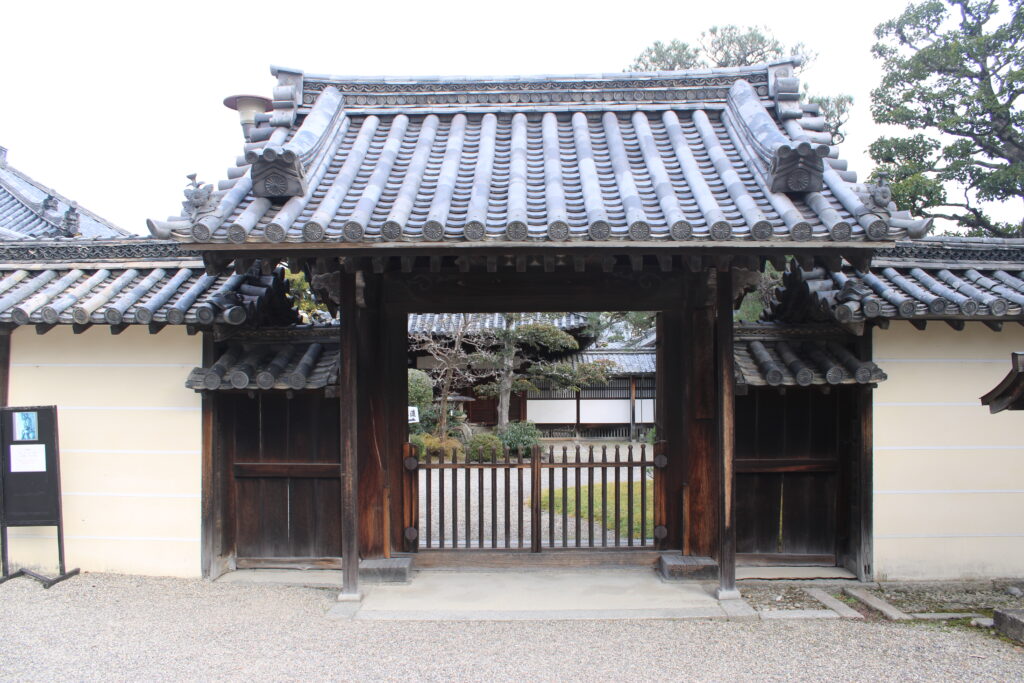
Returning to Chūgū-ji Temple, excavations at its original site revealed that ancient tiles similar to those found at Asuka’s Kōgen-ji were unearthed. This suggests that Hōryū-ji Temple was planned as a monk’s temple, while Chūgū-ji was intended as a nunnery from the start.
During the Heian period, the temple’s influence declined, and most of its treasures were moved to Hōryū-ji. Only Nyoirin Kannon Bosatsu remained in place. Over time, Chūgū-ji suffered from frequent fires and, as a result, was never rebuilt at its original site. Instead, it was relocated near Hōryū-ji’s Eastern Temple Complex, where it stands today.
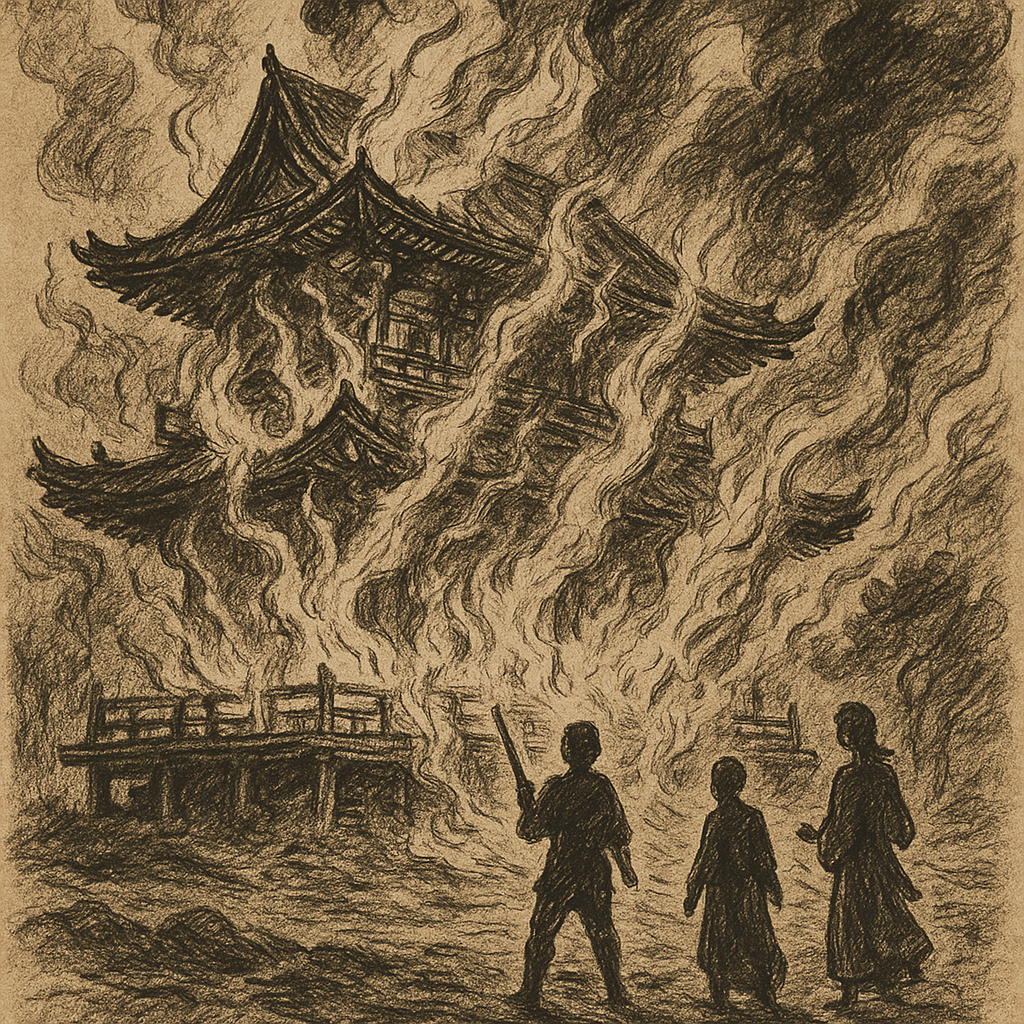
Along with Enshō-ji and Hokke-ji, Chūgū-ji is counted among the “Three Great Nunnery Temples of Yamato,” and it is the oldest of them. While nunneries are not uncommon in Japan, Chūgū-ji is unique in that it has been continuously operated as a nunnery for over 1,400 years, since the Asuka period, making it a one-of-a-kind institution.
Exploring the Temple Grounds
As soon as you exit the Eastern Temple Complex of Hōryū-ji, you’ll find the entrance to Chūgū-ji Temple nearby. Entering through the gate, you’ll follow a path like the one in the photo below, and as you walk further in, the Main Hall will appear ahead.
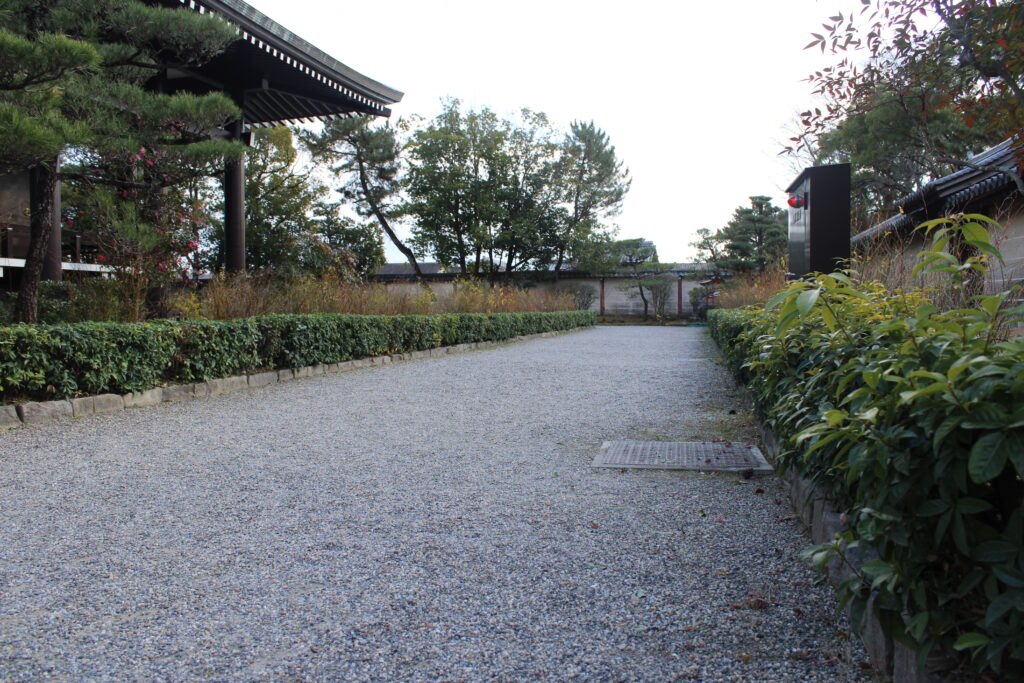
This photo shows the Main Hall. It was designed by Yoshida Isoya at the request of Her Imperial Highness Princess Takamatsu, and was completed in 1968. It is a relatively modern structure.
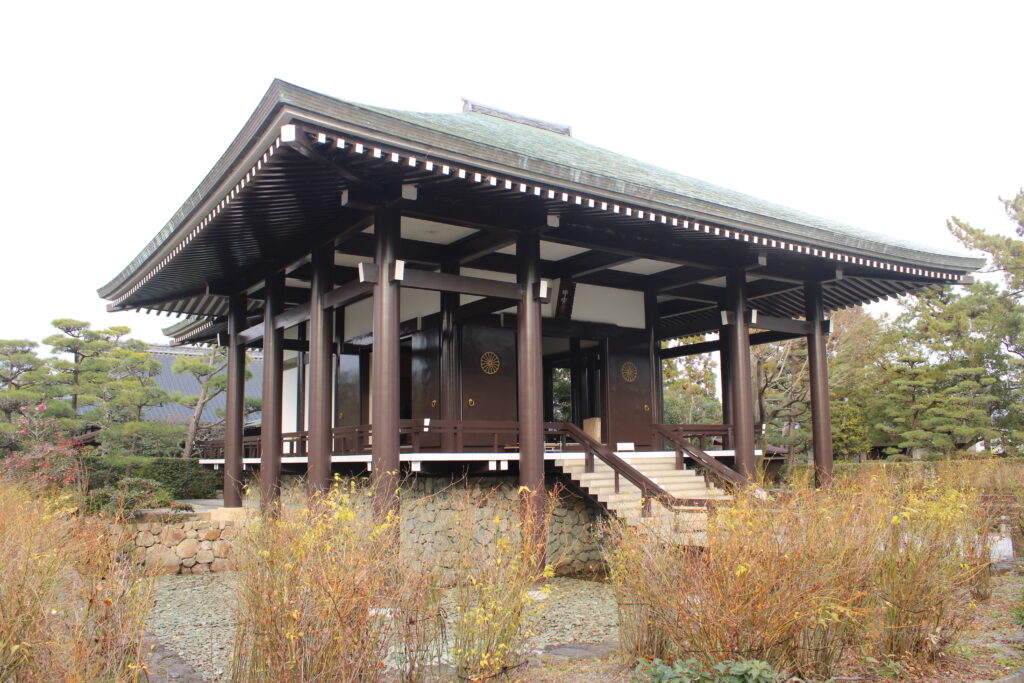
Nyoirin Kannon Bosatsu is enshrined in this Main Hall. As photography is naturally prohibited, I encourage you to refer to the website below for more information and images of the statue.
Nyoirin Kannon Bosatsu – National Treasure | Chuguji
Upon entering the Main Hall, you can watch a video that explains Nyoirin Kannon Bosatsu and other related details. After watching the video, take some time to admire the statue from various angles. It is incredibly beautiful, and you can sense its mysterious charm. It’s also astonishing to think that such a statue was created during the Asuka period!
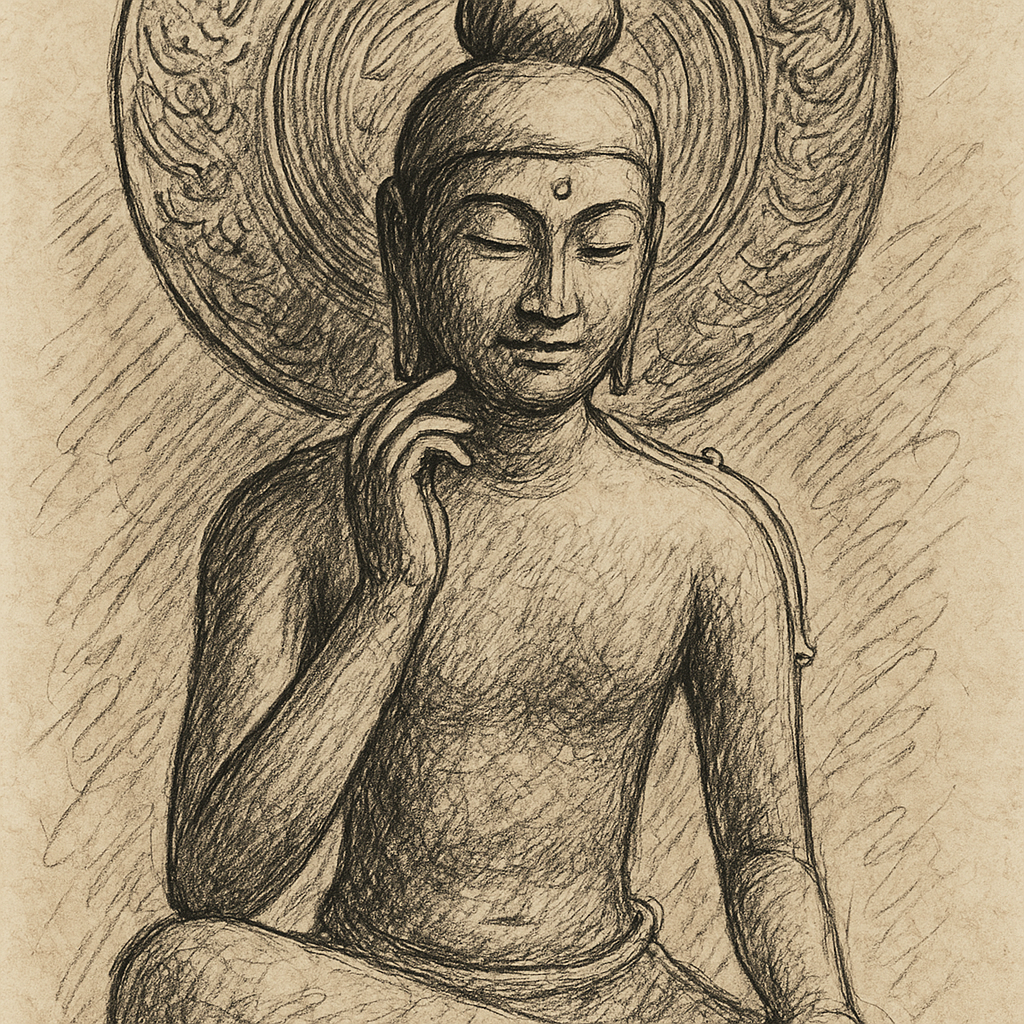
Let me provide a brief explanation about Nyoirin Kannon Bosatsu. It is famous as a “thinking statue” in East Asian art and is highly regarded as one of the greatest masterpieces of Asuka sculpture. Additionally, its smile, known for the graceful “Archaic Smile” unique to Asuka Buddha statues, resembles the elegance of both the Egyptian Sphinx and Leonardo da Vinci’s Mona Lisa. This statue is often referred to as one of the “three great smiling statues of the world.”
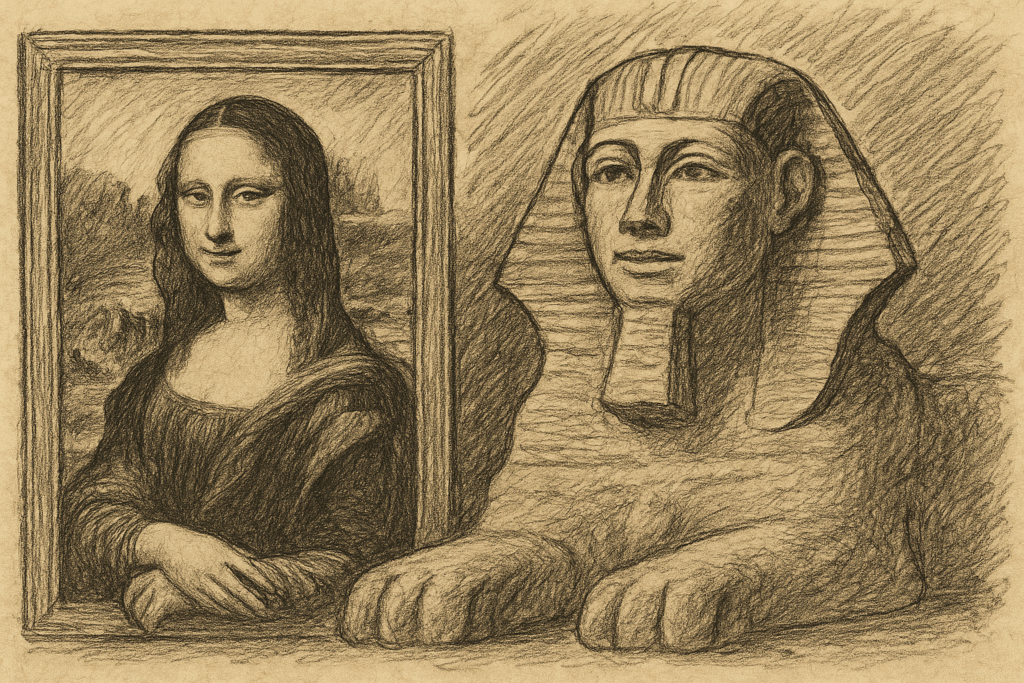
Conclusion
It’s a small temple, and since Nyoirin Kannon Bosatsu is pretty much the main highlight, it was a bit challenging to create an article with much content from the perspective of the writer.
However, the beauty of Nyoirin Kannon Bosatsu is truly remarkable, so personally, I feel that it was worth visiting. Since it’s so close to Hōryū-ji, if you’re already visiting there, why not stop by and take a look?
Also, the temple has a deep history as a nunnery. Earlier in the article, I mentioned that it might as well be considered part of Hōryū-ji, but given its rich history, I believe it definitely deserves to be recognized as a separate temple.
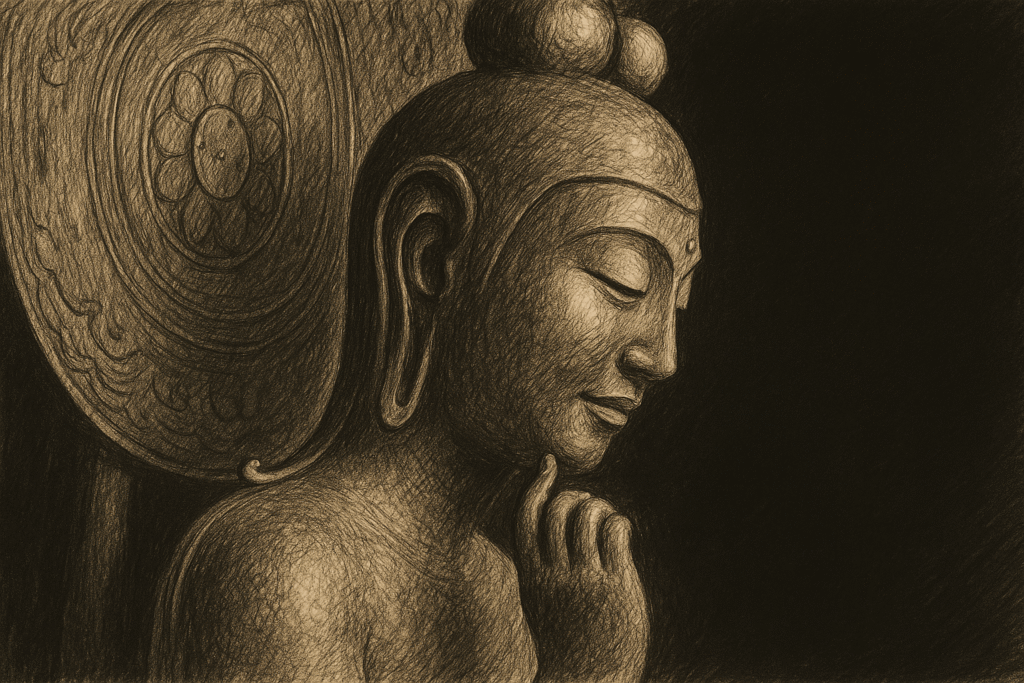
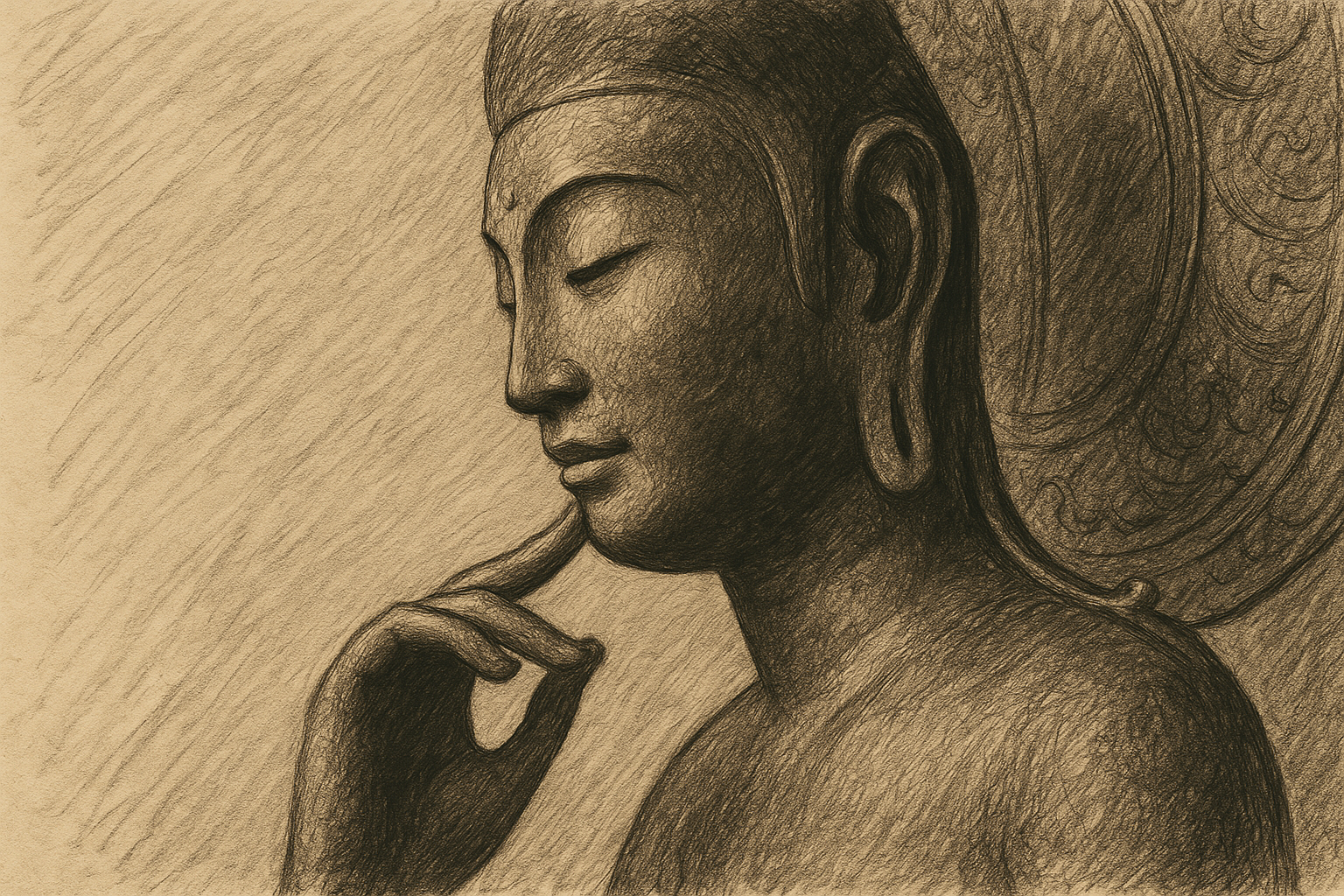


コメント